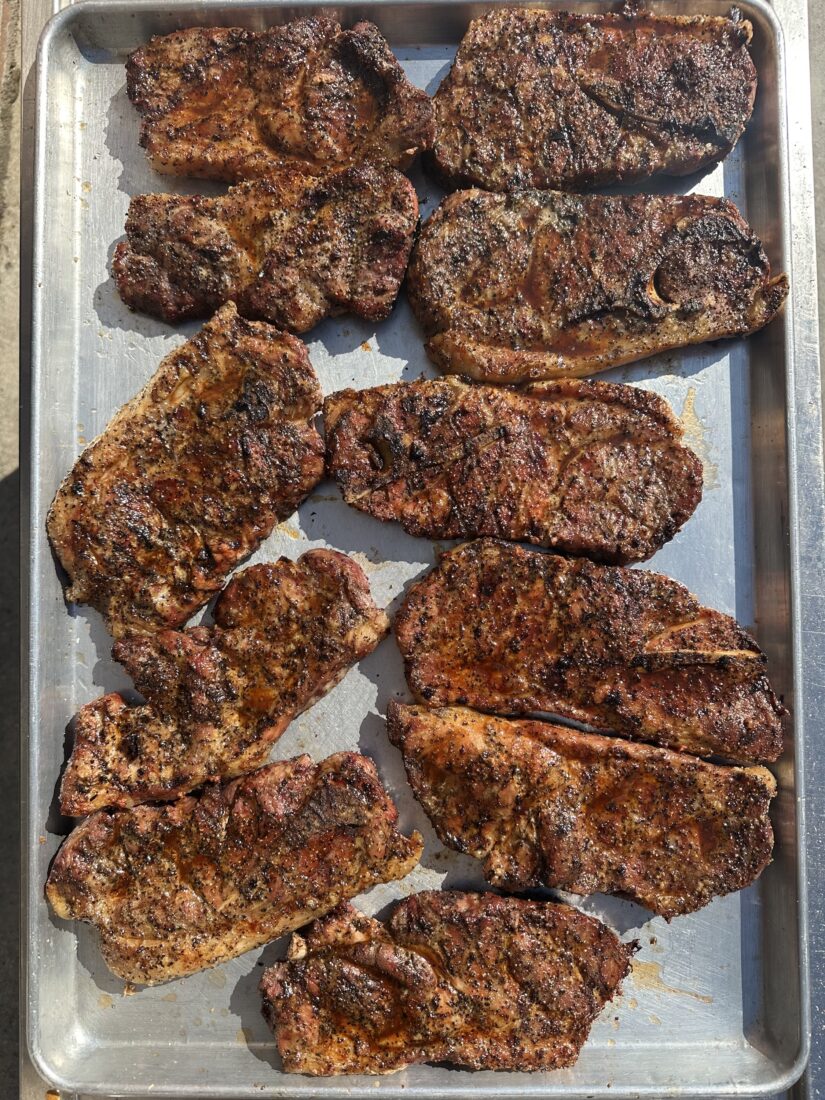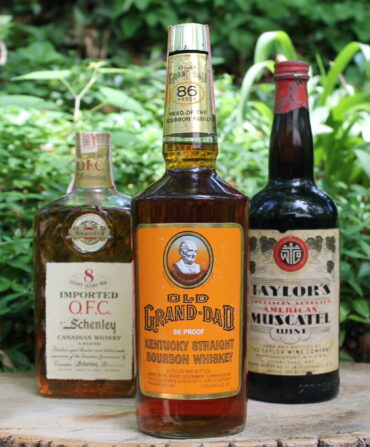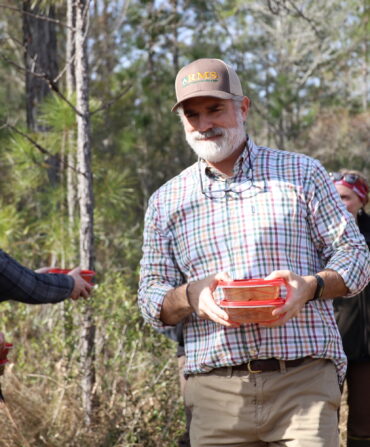A few weeks ago, a Reddit user asked Daniel Vaughn, Texas Monthly’s barbecue editor, if he thinks it’s time to expand the Texas canon beyond the “holy trinity” of ribs, brisket, and sausage, to reflect barbecue’s diversification. “If I could choose one cut over them all,” Vaughn wrote, “I would go with pork steaks.”

He isn’t the only Southerner evangelizing the pork steak, a cut most often associated with St. Louis, where it’s been a backyard barbecue staple since the 1950s.
To be clear, the pork steak isn’t new to the South. It’s been on plates in Monroe County, Kentucky, for generations, and it’s the single-serving version of one of the region’s barbecue classics—pork shoulder. “It’s just Boston butt cut into slices,” says Elliott Moss, the veteran pitmaster behind Elliott’s BBQ Lounge, which he opened this past spring in Florence, South Carolina. The pork steak is still heavily marbled and richly flavored, and for home cooks, it’s a more manageable endeavor than tackling a whole hunk of shoulder.
A South Carolina native, Moss tried his first pork steak at Snow’s in Lexington, Texas, where it’s one of ninety-year-old pitmaster Tootsie Tomanetz’s specialties. The format was novel, but the concept was familiar. Moss grew up eating his parents’ “country-style ribs,” which also typically come from the shoulder but are divided into rib-like strips instead of steaks. “My mom would marinate them in soy and Worcestershire sauce, and then my dad would slow-grill them over coals for a few hours, until they had a kind of steak-like texture,” Moss says. “He would glaze them with a teriyaki sauce as they were finishing. They were really good.”
Moss has added pork steaks to the menu at Elliott’s, where he seasons them more simply, with salt, pepper, and a vinegar-pepper mop sauce, like the Carolina-style whole hog he’s been known for since he ran the now-closed Buxton Hall Barbecue in Asheville. But the texture is inspired by his childhood memories. After a slow cook over smoldering embers, his finished steaks are tender but not quite pulled-pork tender. “When I hear the word steak,” he says, “I’m picturing something I have to cut with a knife. I don’t want people saying, Oh, he’s calling it a steak, but it doesn’t really eat like a steak.” For fall-apart texture, you have to take a pork shoulder to at least 200°F. Moss pulls his steaks off the smoker earlier, at about 170°F.

That distinction is helping his vinegar-and-pepper-mopped steaks stand out in a region that already has an appetite for slow-cooked pork. “We’re selling out of them pretty often,” he says. And if you can’t make it to Elliott’s anytime soon, you can bring his pork steak gospel to your next cookout. Adapted from his recipe at the restaurant, this home-cook-friendly version takes some time, but it’s mostly hands-off, and just about any backyard grill will get the job done. Moss plates the steaks simply, the way he cooks them—with sauce, sides, and a steak knife.








